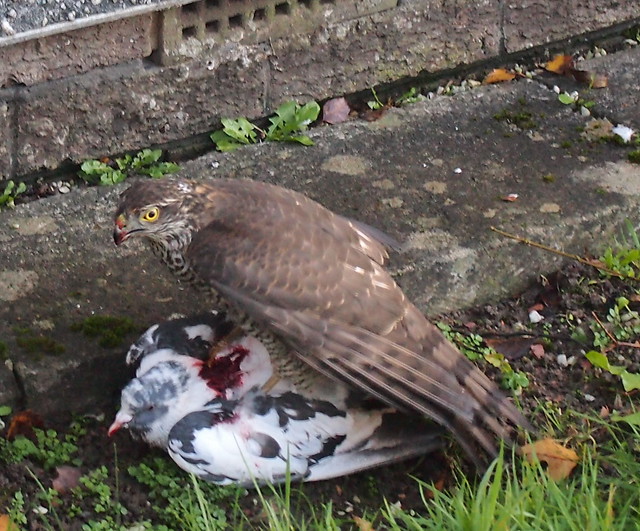From the BBC Scotland website.
http://www.bbc.co.uk/news/science-environment-43308588
The growing numbers of pine martens have actually helped the red squirrel population because the martens seem to take out more of the grey squirrels, which did not evolve alongside cat sized, tree climbing predators.
The Reds did, and seem to manage despite the pine martens, while the greys, which are much more likely to ground forage too, are predated upon and their numbers are reduced where the martens are thriving.
Interesting, and unexpected results
M
http://www.bbc.co.uk/news/science-environment-43308588
The growing numbers of pine martens have actually helped the red squirrel population because the martens seem to take out more of the grey squirrels, which did not evolve alongside cat sized, tree climbing predators.
The Reds did, and seem to manage despite the pine martens, while the greys, which are much more likely to ground forage too, are predated upon and their numbers are reduced where the martens are thriving.
Interesting, and unexpected results
M


 It's bad enough when it's Sparrow Hawk vs Pigeon.
It's bad enough when it's Sparrow Hawk vs Pigeon.